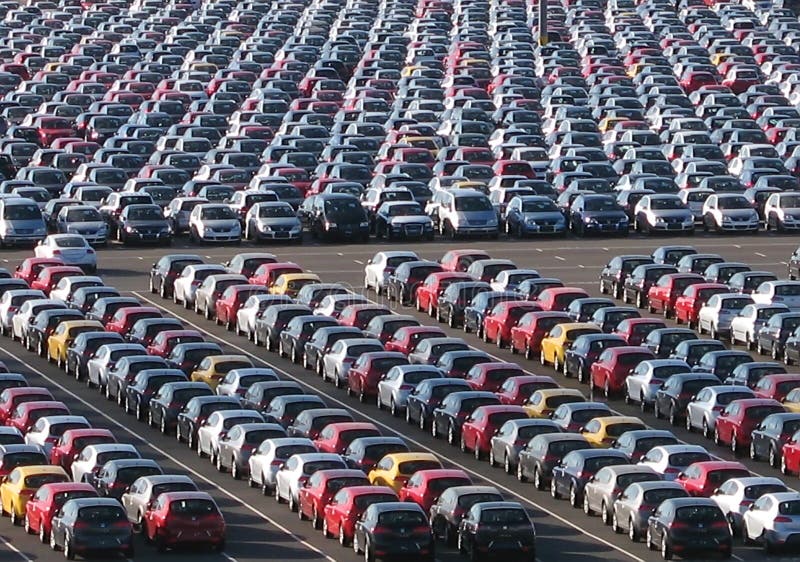


Intensive livestock production, on the other hand, requires vast quantities of harvested grain and feed, which requires substantial areas of land to be cleared and farmed, as well. Grazing livestock requires vast tracts of land for grazing, which has led to massive changes and loss of natural environments through deforestation.Īccording to the FAO, ranching-induced deforestation is a major cause of the loss of unique fauna and flora across the globe, as well as the release of dangerous carbon emissions into the atmosphere. While some argue one method is better than the other, both grazing and intensive livestock production have adverse effects on the environment. The FAO believes that the livestock sector uses up to 30% of the Earth’s ice-free, terrestrial landmass to raise and feed livestock, making it the largest source of greenhouse gasses in the world and a major contributor to loss of biodiversity and water pollution. In the United States alone, more than 10 billion animals are raised and killed for their meat each year, which is a staggering amount considering the needs required for feeding and watering these animals. While the environmental impact of farming varies due to the vast variety of agricultural practices used throughout the world, mass production farming in particular has devastating effects on the environment, which include land and water consumption, and pollution from animal waste and with fossil fuel.


 0 kommentar(er)
0 kommentar(er)
